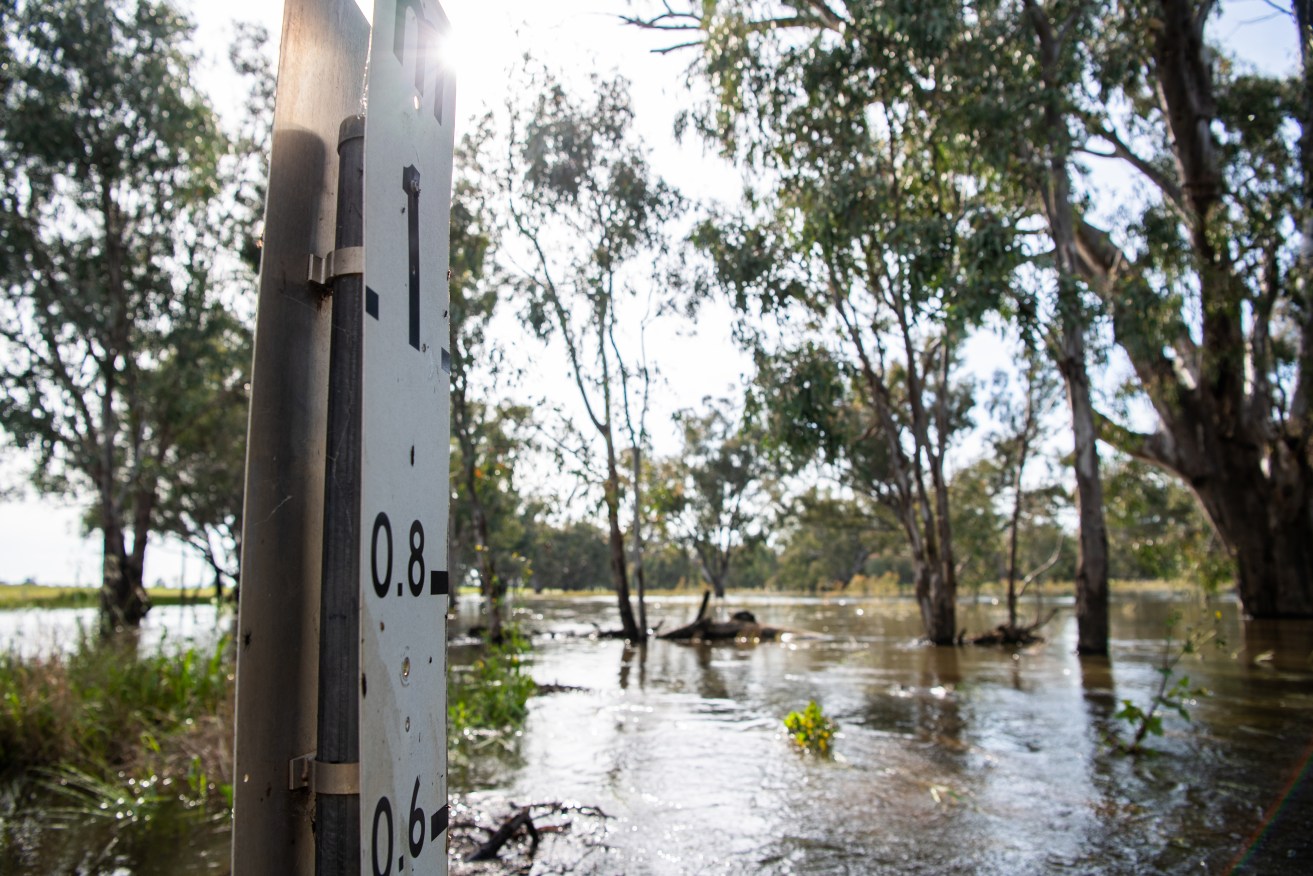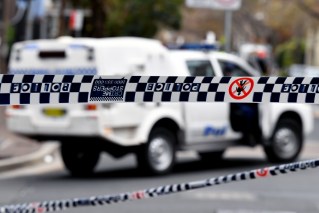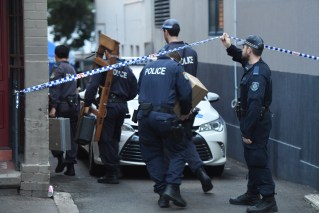Fears over complex flood gauge system

The BoM said it is working with all levels of government to streamline the network of river gauges. Photo: AAP
Flood experts and local councils are calling for better disaster warning systems, with concerns a complicated network of river gauges is putting regional communities at risk.
The Association of Consulting Surveyors NSW said river level gauges may give inaccurate readings of water height because there is no single agency responsible for their upkeep.
Chief executive Michelle Blicavs said river gauges – automated and manual – can show misleading data due to weather damage and shifting earth.
“We need to regularly monitor where those gauges are set, and unfortunately, councils and state government agencies are not keeping up with that,” Ms Blicavs told AAP.
The NSW inquiry into the early 2022 floods heard the rain and river gauge network across Australia is a “patchwork”, managed by councils, state and federal governments, and the Bureau of Meteorology.
That leads to confusion over their management and maintenance, witnesses said.
Among 28 recommendations, the inquiry urged the NSW and federal governments to transfer the responsibility of as many gauges as possible to the Bureau of Meteorology.
A statement from the bureau said it is working with all levels of government on options to streamline the national network.
While the bureau provides major river forecasts, state and local authorities are responsible for flash flood warnings, it said.
River gauges play a limited role in forecasting sudden events in local waterways.
“The Bureau’s flood forecasts and warnings at any particular location do not depend on a single piece or type of equipment,” the statement said.
A spokesman for NSW Planning and Environment said it is working with the bureau to improve flood warning services, using federal disaster funding.
The state routinely services and tests the 1000 gauges it owns, though ongoing wet weather has prevented access to some sites, he said.
In Queensland, the state government said it would split funding for improved gauges with the Commonwealth to ease the cost burden on councils.
The state’s Local Government Association has again urged the federal government to commit to the funding.
“Australia’s most natural disaster-prone state needs to have the best possible warning system,” chief executive Alison Smith said.
“Instead, we have one that relies on weather monitors wading through dangerous floodwaters to manually read gauges … and one with gaps that leave emergency services guessing and communities exposed.”
The Australian Local Government Association said councils should not have to carry the cost of disaster management.
“Investing in disaster mitigation is a shared responsibility, and ALGA is advocating for stronger partnerships between all governments to help protect our communities,” president Linda Scott said.
Flood damage to gauges was one of many complex factors that led to delayed warnings in Lismore, in the NSW Northern Rivers, on February 28.
Local surveyor Tony Riordan fears nothing has been done to improve the system almost one year on.
“The first priority should be get your warning system right, get your gauges calibrated so we can measure and know with certainty what’s going to happen,” he said.
– AAP








